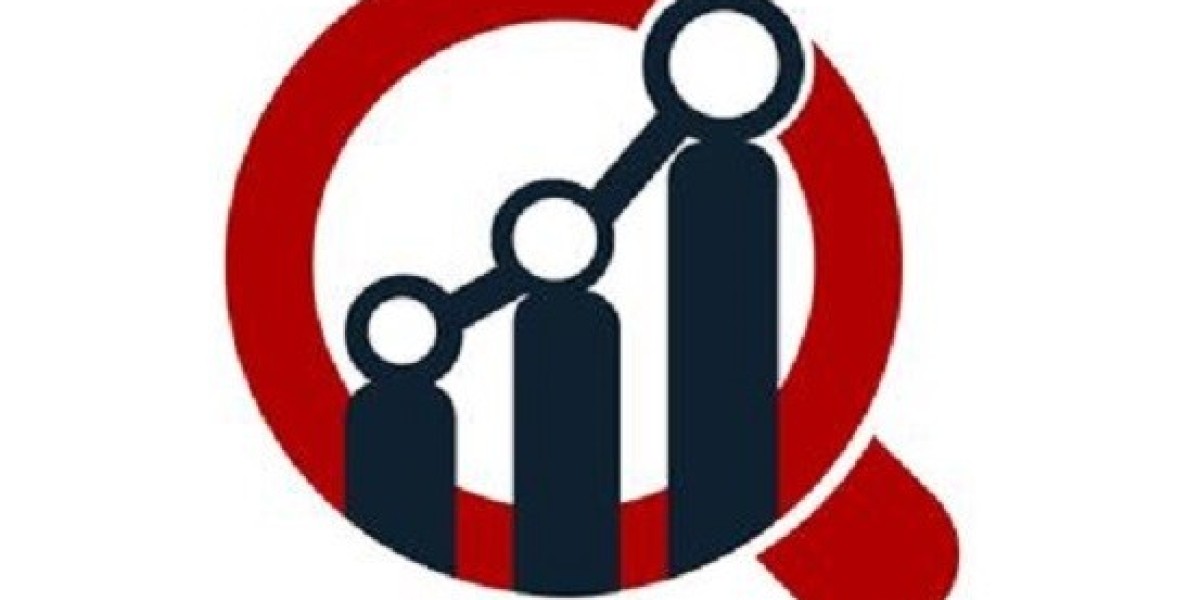What Are Ligament Stabilizers?
Ligament stabilizers are medical devices designed to support and protect ligaments, particularly after injury or surgical procedures. They are commonly used in orthopedic care to aid in the recovery from sprains, tears, and post-operative instability, especially in joints like the knee, ankle, wrist, and elbow. These devices function by limiting joint movement, providing compression, and promoting faster healing while reducing the risk of re-injury.
With the increasing number of sports injuries and age-related musculoskeletal disorders, the demand for ligament stabilizers has seen steady growth.
Key Drivers Behind the Rising Demand
One of the main drivers of this market is the global rise in sports and fitness activities. From professional athletes to casual gym-goers, ligament injuries are a common occurrence. Additionally, the aging population is more prone to degenerative joint conditions such as osteoarthritis, which often require the use of external support for mobility and pain relief.
The growing popularity of minimally invasive orthopedic procedures and post-surgical rehabilitation protocols that include brace support further boost the adoption of these devices.
Types of Ligament Stabilizers
Ligament stabilizers come in various forms depending on the severity of injury and joint involved. The most common include:
Knee braces for ACL and MCL injuries
Ankle stabilizers for chronic ankle instability
Wrist guards for carpal tunnel and ligament sprains
Thumb and elbow stabilizers for repetitive strain injuries
Materials like neoprene, nylon, and carbon fiber are widely used for their durability and comfort, allowing users to wear them during daily activities or sports.
Advances in Design and Technology
Modern ligament stabilizers are becoming more lightweight, breathable, and user-friendly. Innovations such as adjustable straps, hinged supports, and moisture-wicking materials have improved wearability and compliance. Additionally, 3D scanning and custom-fitted braces provide personalized support for patients with unique anatomical needs.
The integration of smart sensors in braces to monitor joint movement and healing progress is an emerging trend, offering real-time feedback to both patients and healthcare providers.
Rehabilitation and Injury Prevention
Beyond injury recovery, ligament stabilizers are widely used in preventive orthopedics. Athletes, especially those in high-impact sports like football, basketball, and skiing, use them to avoid strains and ligament tears. In rehabilitation settings, stabilizers aid in gradual joint mobilization, allowing muscles and connective tissues to rebuild strength and flexibility under controlled conditions.
Physical therapists often combine brace use with therapeutic exercises to optimize recovery timelines and improve functional outcomes.
Market Outlook and Regional Insights
The ligament stabilizer market is expected to grow steadily, fueled by rising sports participation, increased orthopedic awareness, and better access to rehabilitation products. North America holds the largest market share due to its advanced healthcare infrastructure and active sports culture. Meanwhile, Asia-Pacific is emerging rapidly with growing healthcare expenditure and awareness of sports medicine.
Online sales channels and direct-to-consumer offerings are also expanding the market reach for these devices.



